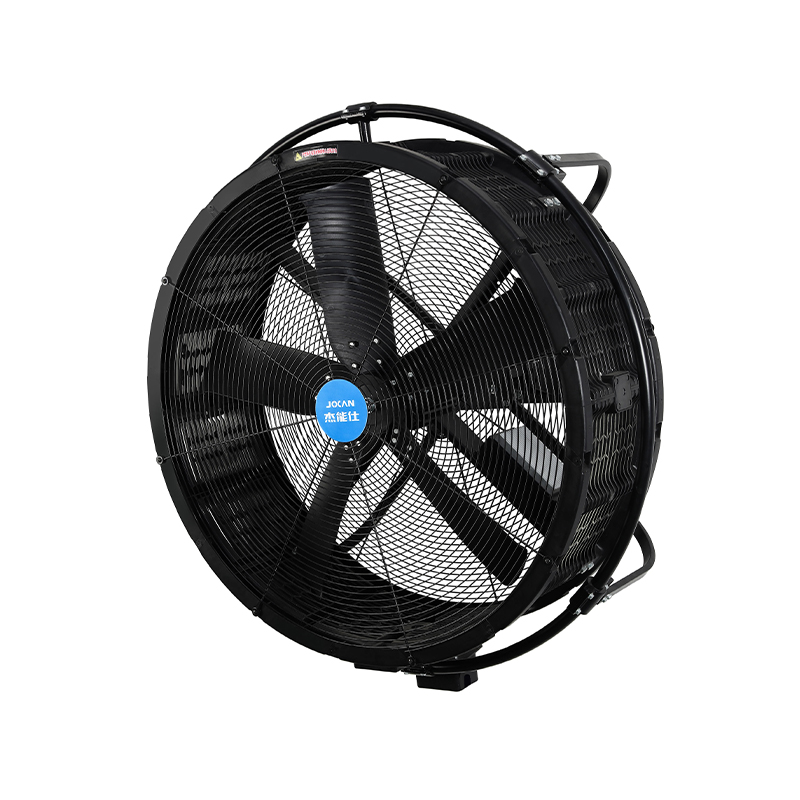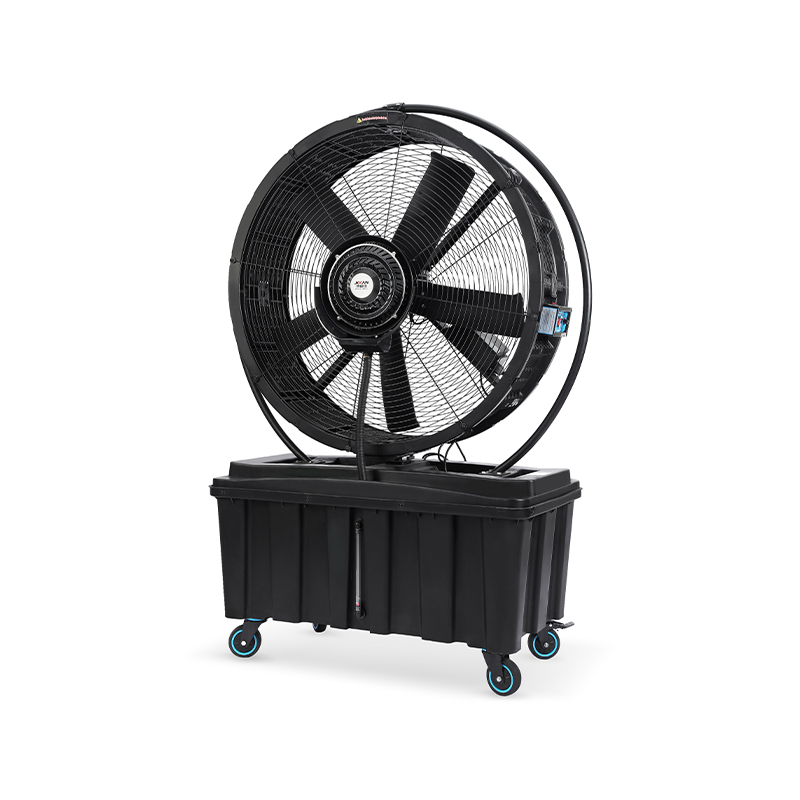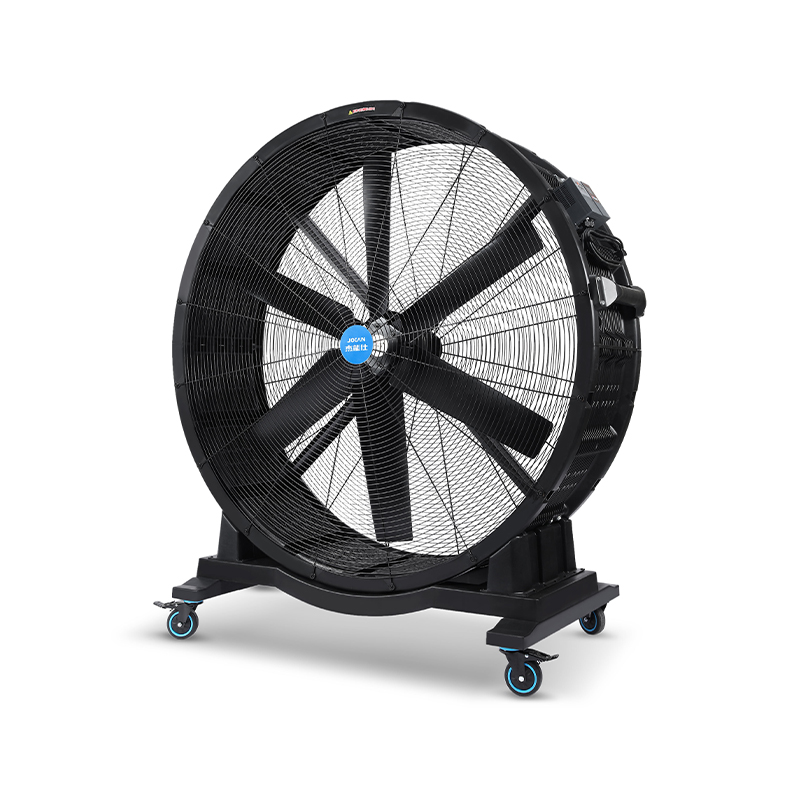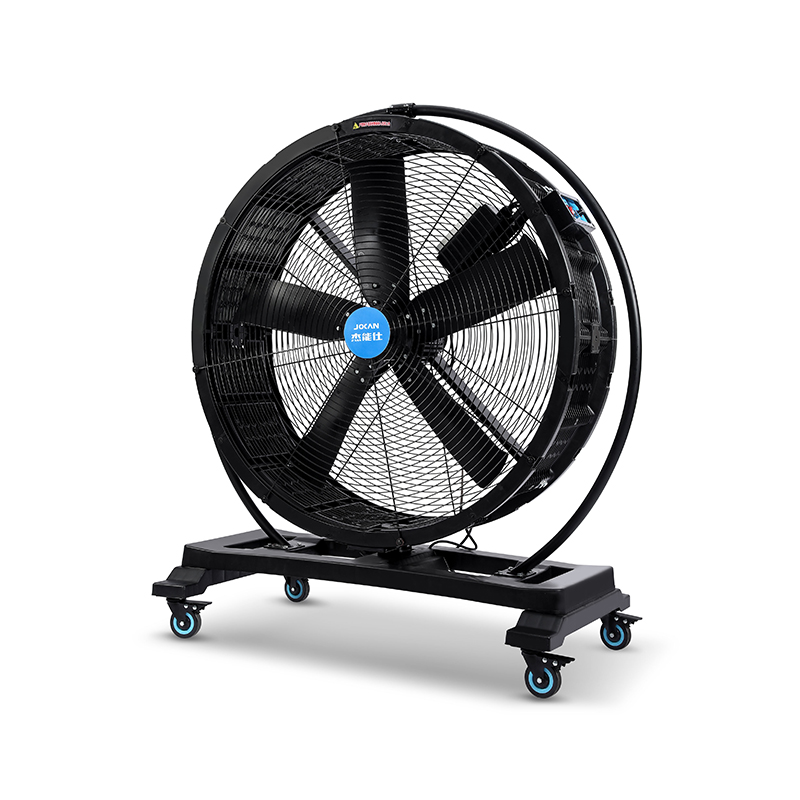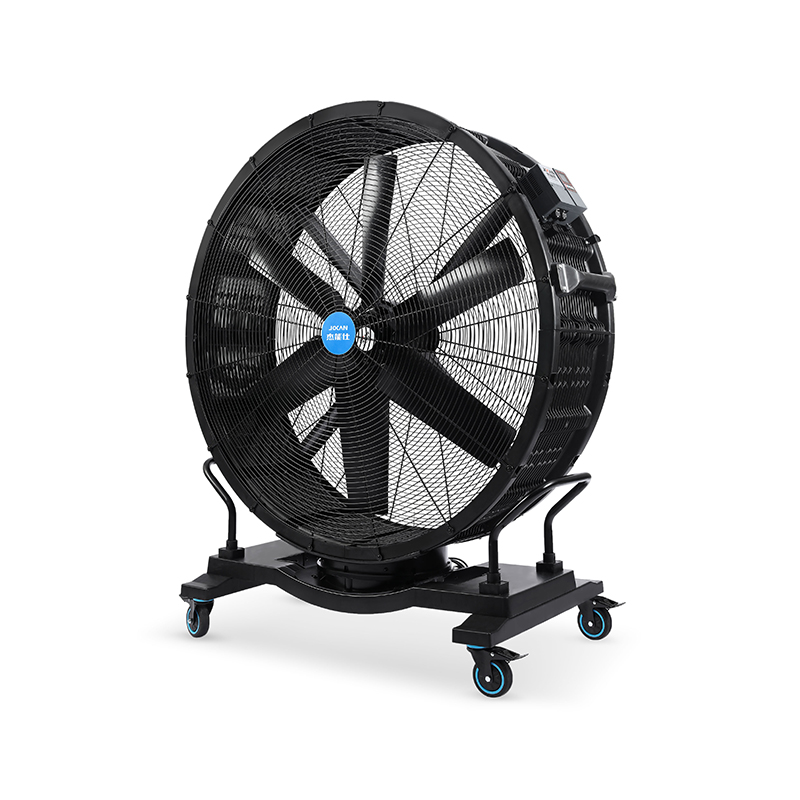Ductable fans have long been valued for their ability to channel airflow through building ductwork, providing targeted ventilation in complex spaces. However, when paired with intelligent control systems, ductable fans can adjust their performance dynamically according to real-time environmental data. For example, sensors can monitor temperature, humidity, or air quality within a facility and communicate with the fan's control unit to increase or decrease airflow accordingly. This kind of responsiveness not only maintains comfortable conditions but also reduces unnecessary energy consumption.
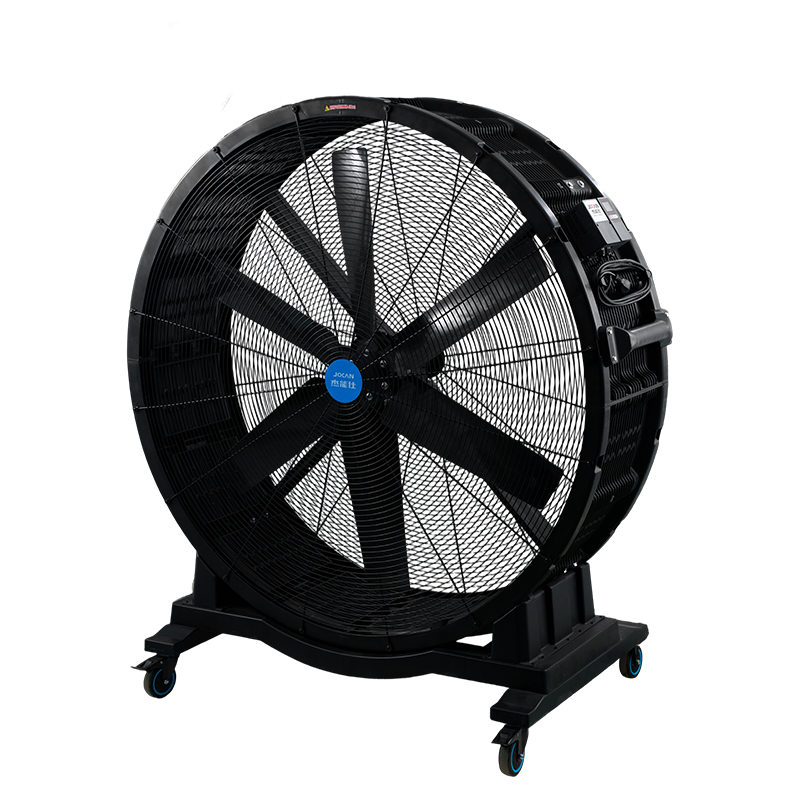
Similarly, industrial electric fans benefit from smart control technology by gaining improved operational precision. These fans often serve large manufacturing floors or processing plants where airflow must be balanced carefully to ensure proper ventilation and worker safety. Intelligent controllers can program industrial electric fans to operate at variable speeds or activate in sequences based on shifting requirements throughout the day. This adaptability helps facilities manage air movement efficiently without manual intervention, which in turn can lower maintenance needs and extend equipment lifespan.
Commercial ceiling fans for warehouses also play a significant role in reshaping air circulation strategies. Warehouses typically have high ceilings and wide-open spaces, making it difficult to maintain uniform air distribution. Installing commercial ceiling fans equipped with intelligent control systems can address this challenge by enabling coordinated operation with HVAC systems or standalone control modes. These fans can adjust their rotation speed or reverse airflow direction to optimize temperature distribution. This ensures that air does not stagnate near the ceiling or accumulate in corners, improving overall ventilation effectiveness.
One important advantage of intelligent control systems is their ability to integrate multiple types of fans into a single cohesive network. For instance, a large warehouse might employ ductable fans to ventilate confined areas, industrial electric fans to support heavy machinery zones, and commercial ceiling fans for general air circulation. A centralized control system can manage all these fans through a user-friendly interface, allowing facility managers to monitor conditions, schedule operation, and respond to changing environmental factors swiftly. This level of control was previously achievable with traditional fan setups.
Energy management is another key benefit of intelligent air circulation. With rising energy costs and increasing awareness of environmental impacts, facilities are seeking ways to reduce power consumption without sacrificing ventilation quality. Intelligent controls on ductable fans, industrial electric fans, and commercial ceiling fans for warehouses can optimize runtime and adjust fan speeds based on demand rather than fixed schedules. By operating fans only when necessary and at appropriate speeds, buildings can lower energy usage and improve sustainability.
Maintenance and diagnostics also improve with the adoption of intelligent control systems. Many modern controllers include self-monitoring capabilities that can detect issues such as motor overheating, vibration anomalies, or airflow blockages in ductable fans or industrial electric fans. Early warnings help maintenance teams address problems before they advance to costly downtime. Similarly, commercial ceiling fans for warehouses equipped with smart controls can send alerts about filter status or operational irregularities, enabling proactive service.
The rise of IoT (Internet of Things) technology further enhances the possibilities for intelligent ventilation systems. Connected ductable fans and industrial electric fans can relay performance data to cloud platforms, where analytics tools provide insights into usage patterns and predictive maintenance schedules. Commercial ceiling fans for warehouses can also benefit from such connectivity, allowing remote control and monitoring via smartphones or computers. This level of integration supports smarter building management and a more responsive approach to air circulation challenges.
 Add: Plot 23, Huanglang Industrial Zone, Jinqing Town, Luqiao District, Taizhou City, Zhejiang Province
Add: Plot 23, Huanglang Industrial Zone, Jinqing Town, Luqiao District, Taizhou City, Zhejiang Province
 TEL: +86-13586083215
TEL: +86-13586083215

 English
English English
English عربى
عربى 한국어
한국어


